
Test setup in the HiPIE laboratory in Stuttgart.
The HiPIE laboratory enables the conditioning of the environmental conditions acoustics, lighting, room climate and air quality on a room area of approx. 45 sqm.
more info
Test setup in the HiPIE laboratory in Stuttgart.
The HiPIE laboratory enables the conditioning of the environmental conditions acoustics, lighting, room climate and air quality on a room area of approx. 45 sqm.
more info
Logo of the joint project BUOLUS.
Municipalities are faced with the challenge of adapting to climate change. On the one hand, they have to choose effective and sustainable measures, and on the other hand, they have to take into account the interests of residents and act under cost pressure. Key areas where cities need to take action include structural and spatial design and urban use of land. More about this in the Buolus project.
more info
Fixation of the test vehicle on the all-wheel roller test bench with a rod and chain restraint.
The ISO 362-3 standard describes the measurement of the LUrban type testing level, consisting of a combination of the simulated pass-by in a test facility and a real pass-by. Read more here.
more info
Measurement of vehicle exterior noise on the vehicle test bench.
The acousticians at the Fraunhofer IBP investigate in the context of the project "Fraunhofer System Research for Electro-Mobility" the various aspects of future car concepts, and drive systems, as well as the storage and distribution of energy.
more info
Graffiti in Moscow.
Holistic solutions and methods are required to provide the cities of tomorrow with a sustainable basis in terms of urban building physics and to unleash the potential of complex structures.
more info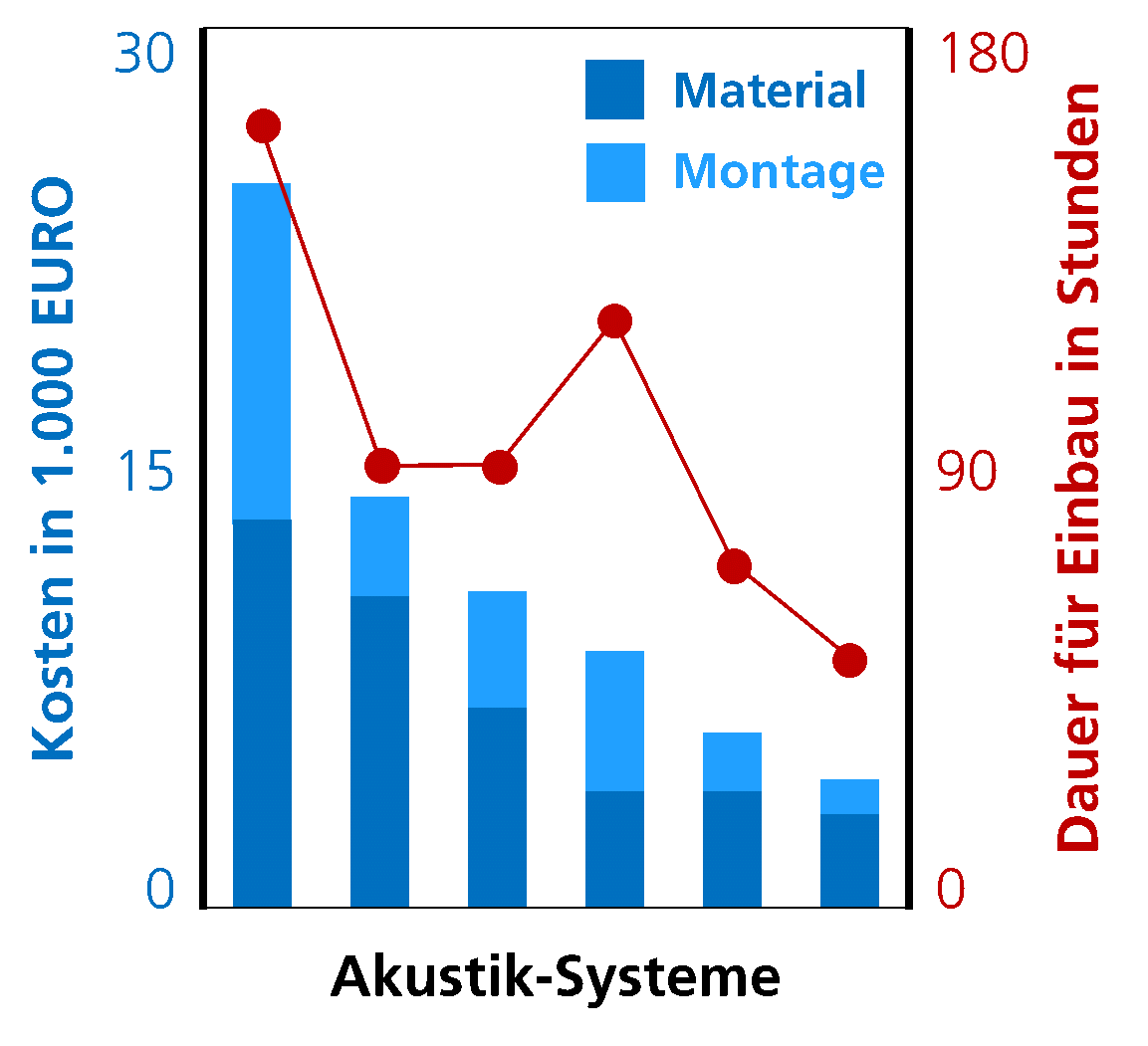
Installation times and costs of different acoustic systems.
Good acoustics in schools and daycare centers are important for learning, teaching and living. A study shows measures and compares the costs.
more info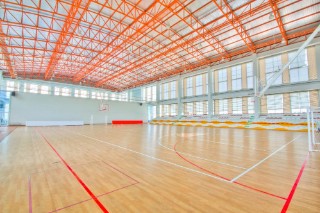
Acoustic design of sport halls and indoor swimming pools.
The Fraunhofer IBP and the German Sports Teachers Association (DSLV BW) focused in this project on the acoustics of sports halls and indoor swimming pools, especially for educational use.
more infoNew polymeric materials and methods for improving the acoustics and sound design of electrical appliances and small electrical drives
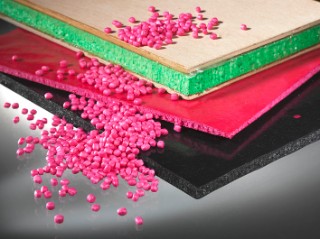
Polymerfoam
Noise is a significant burden in everyday life and at work. Acoustically optimized products ensure more safety, comfort and the "right sound" - Fraunhofer is developing innovative solutions using polymeric materials.
more info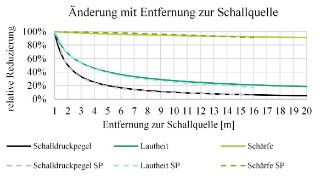
Relative change in percent of (psycho)acoustic parameters plotted against the distance to a point source (broadband noise) compared with calculation results from the SoundPLANnoise® software (suffix "SP", dashed curves) [1] cf. [2].
Psychoacoustics help to predict sound immission so that the actually perceived noise load can be mapped with a view to improving noise control.
more info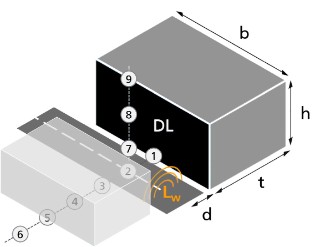
Simplified topology for a prediction tool for designing sound-absorbing building façades, Immission Points 1 to 9.
Acoustically-designed façade and balcony elements - with sound-absorbing materials and smart systems that reduce noise pollution.
more info